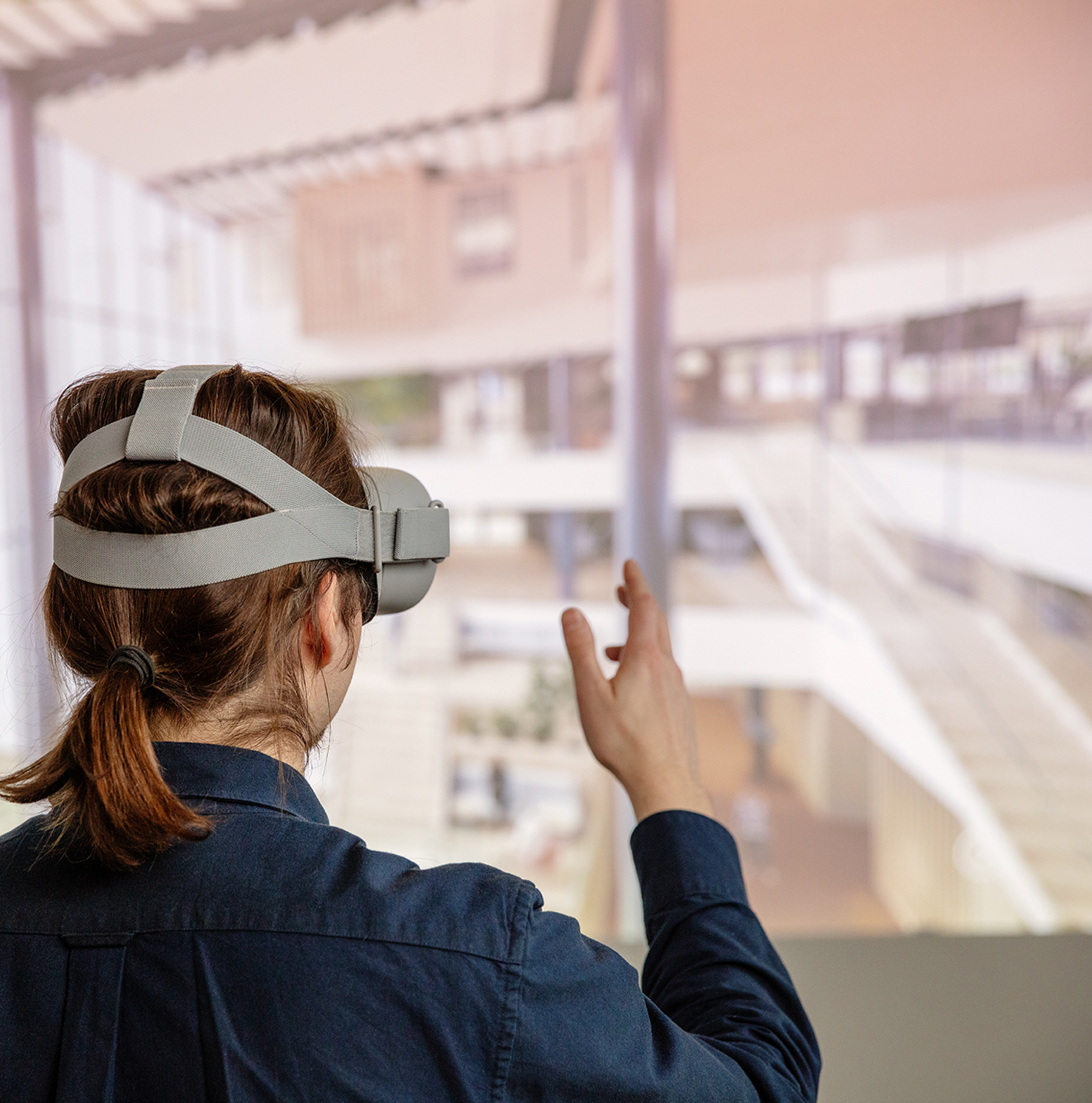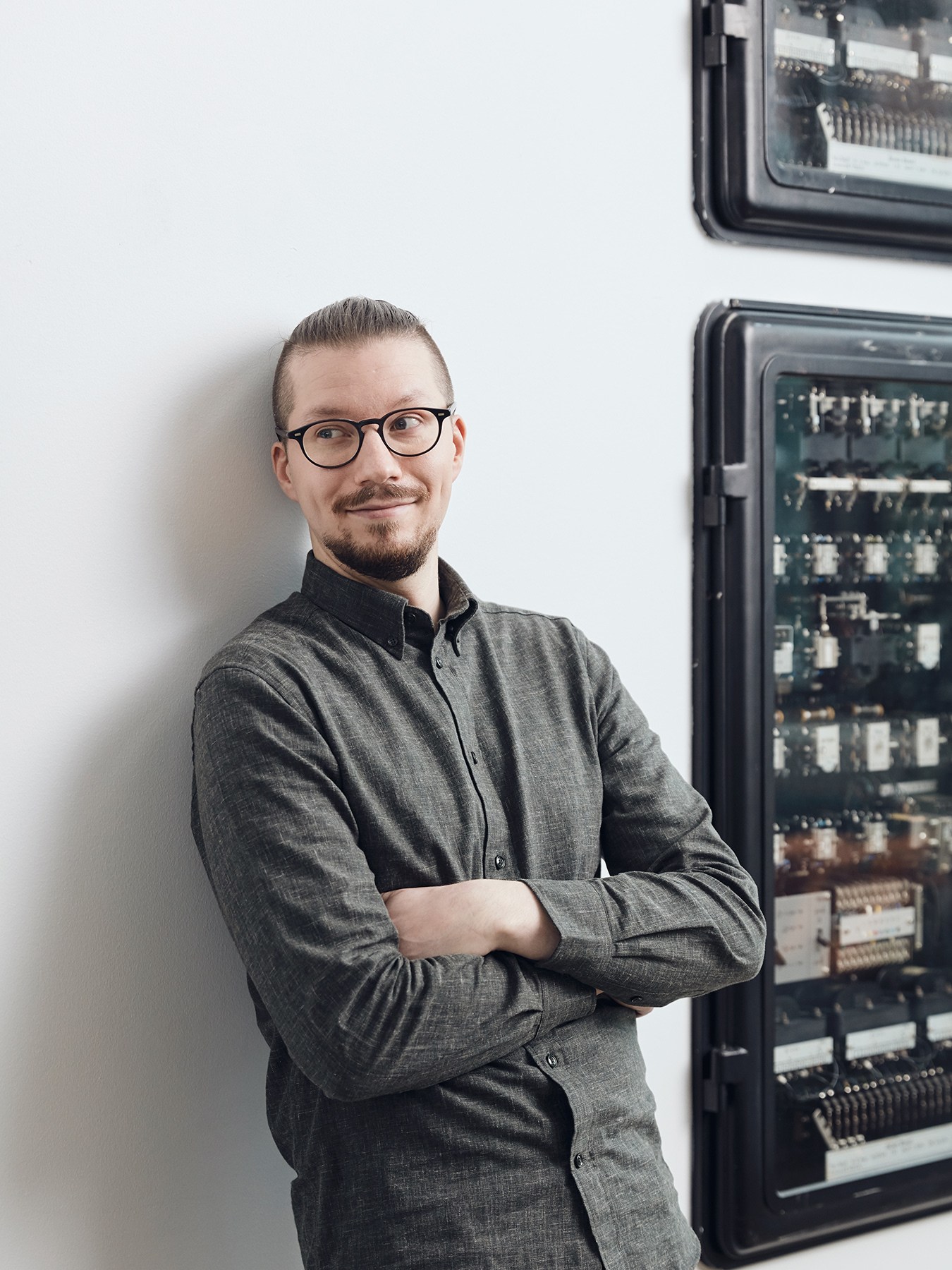
VR model tells more than a thousand pictures
The VR world is free from the limitations of two-dimensional visualization: in virtual reality, everyone gets to experience spaces from their own perspective. It is precisely the comprehensiveness of the VR world that makes it a revolutionary design tool.
Visualization is an essential part of architectural communication: good visualization captures the essence of the design and enables its examination, commenting, and improvement. Visualizations present unbuilt architecture and make visible the thoughts of designers long before construction begins. Visualizations serve as important communication tools when discussing with clients, authorities, and collaborators.
Traditional visualizations follow the rules of photography. Composition, colors, and lighting play a crucial role in creating an image. In a visualization, essential features of architecture can be emphasized through colors, contrasts, and framing.
The visualization is fully controlled by the creator: it is a work of art with all details carefully considered. The viewer sees what the creator wants them to see.
From two-dimensional image to three-dimensional experience
However, in architecture, it’s about a three-dimensional entity that people experience as a series of spaces. The building appears as a unified entity from the outside, while from the inside, the building usually divides into small individual, distinct spaces. Representing the experience of space from a single perspective—or even multiple perspectives—is challenging. Scale, distance, and atmosphere may not necessarily convey in a desired way through a photograph. Representing diverse spaces comprehensively with a two-dimensional image may also be simply impossible.
While the traditional illustrative image is dominated by its creator, in the VR world, the experience is individual: in a VR model, everyone gets to experience space from their own perspective. If the perspective in an illustrative image is guided and directed, in the VR world, the perspective is personal. Within the model, visitors can move freely in the spaces and experience the building in three dimensions, almost at a 1:1 scale.
One picture is worth more than a thousand words, and one VR model is worth more than a thousand pictures.

Not just a presentation tool, but a powerful design tool
In the VR world, the perspective of the visitor is not restricted or guided. Everyone is free to experience spaces from their own point of view. It is precisely the comprehensiveness of the VR world that makes it a revolutionary design tool. If desired, a designer can experience space, material, or furniture almost realistically, not on a computer screen or a sheet of paper. The benefits of a VR model extend beyond just presenting solutions and ideas; they also enhance the process of ideation itself.
Currently, the accessibility of the VR world is somewhat limited, as the hardware is still relatively uncommon. However, VR as a technology is no longer in its infancy, and it evolves to become lighter and more precise each year. As design transitions from lines drawn on paper to a 3D environment, it is natural that plans are also examined and experienced through the virtual world.

Jyri Jernström
The author is a 3D graphical artist at Olla Architecture and an expert in architectural visualizations


